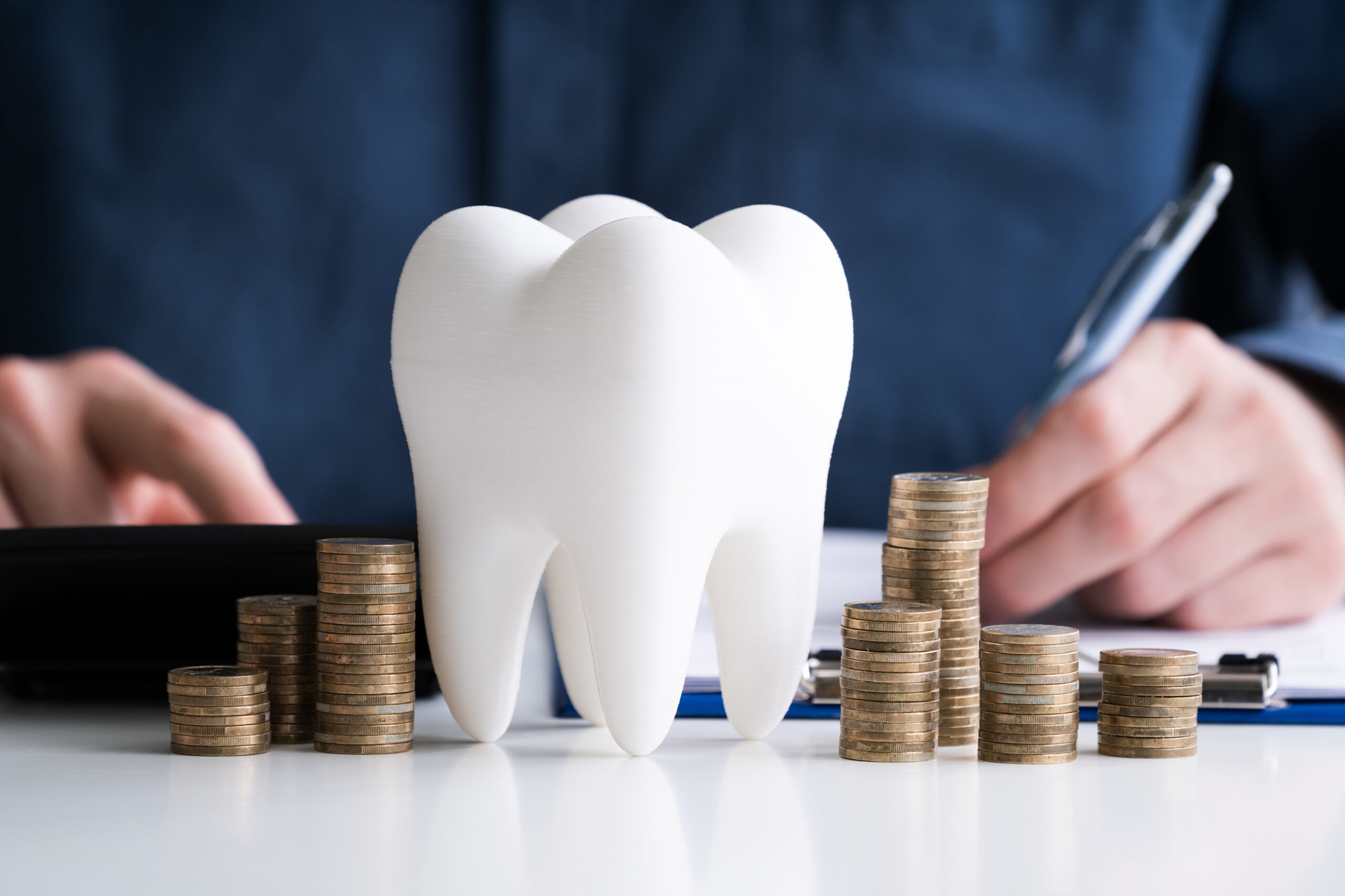Financing your digital dental practice: options for purchasing new equipment

Four different options: loan, rental purchase, long-term rental, and leasing
Dental equipment often tends to be costly and its purchase can only rarely be covered by a dentist’s liquid assets. The decision of whether or not to buy new equipment should therefore be carefully considered. Economic criteria play a crucial role in this decision. What is the added value of the new device? Is it profitable for your practice in the long run? A classic cost-benefit analysis as well as a detailed financing plan are highly recommended.
Probably the most common type of financing in dentistry is the traditional loan from a financial institution. A loan gives you immediate financial leeway to finance the equipment you want. However, high interest rates often act as a deterrent. As a result of long redemption periods, people often pay considerably more than the actual equipment purchase price.
Rental purchases offer a similar option. In this case, monthly rental installments are paid to the seller. Economically speaking, the equipment belongs to the practice once you have paid the first installment. Thus, the asset will be capitalized in your asset portfolio and you will need to list the equipment on your balance sheet. From a legal point of view, the device only belongs to you once you have paid the last installment.
Long-term rentals may also be of interest to some practice owners. In general, the equipment is leased for a period of between 36 and 84 months. After that, it must be returned to the lessor. You can also agree to purchase the device after that period. One advantage is that you do not have to pay the full cost of the purchase. Especially if you expect to replace the device with a newer model after the rental period, it is more economical to resort to this option.
Perhaps the most flexible financing option is a lease. In contrast to long-term rentals, leasing periods are significantly shorter. Apart from that, leasing includes different additional services such as maintenance, repairs, or insurance. Of course, these options depend on the individual contract. Leasing also differs from rental purchase in terms of tax law. In leasing, the ownership of the equipment never shifts to the leasing party (i.e., dentists). This will influence your tax return, as the costs can be fully deducted as business expenses.
Individual financing solutions for your dental practice
Carefully thought-out cost pre-planning is part and parcel of the financing solution for your dental practice. In this regard, it is advisable to seek help from experts such as tax consultants. Depending on the particular financial and economic situation of your practice, different solutions may be suitable. Whether buying, leasing, or taking out a loan: there are always advantages and disadvantages. The key here is to consider the pros against the cons in the context of your individual situation to find the most profitable option for you.
We look forward to introducing dentalXrai to you!
Learn about our AI solutions for dental professionals
Please contact us if you want to learn more? We would be happy to present the AI-based software device to you in detail.
- Automated processes for more efficiency
- Time-savings in reporting
- Color coded detections for communications